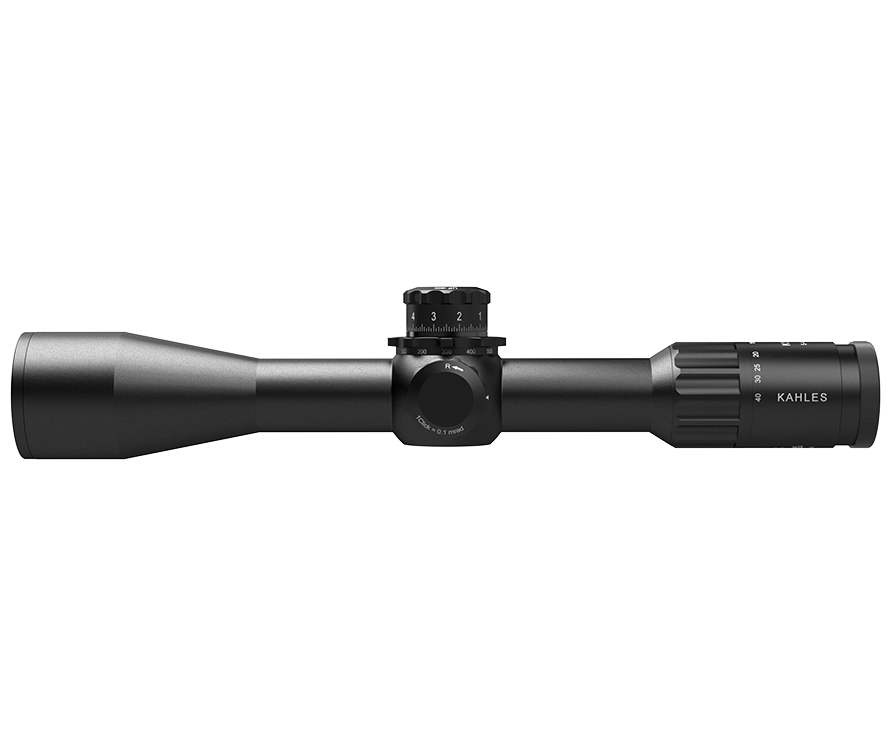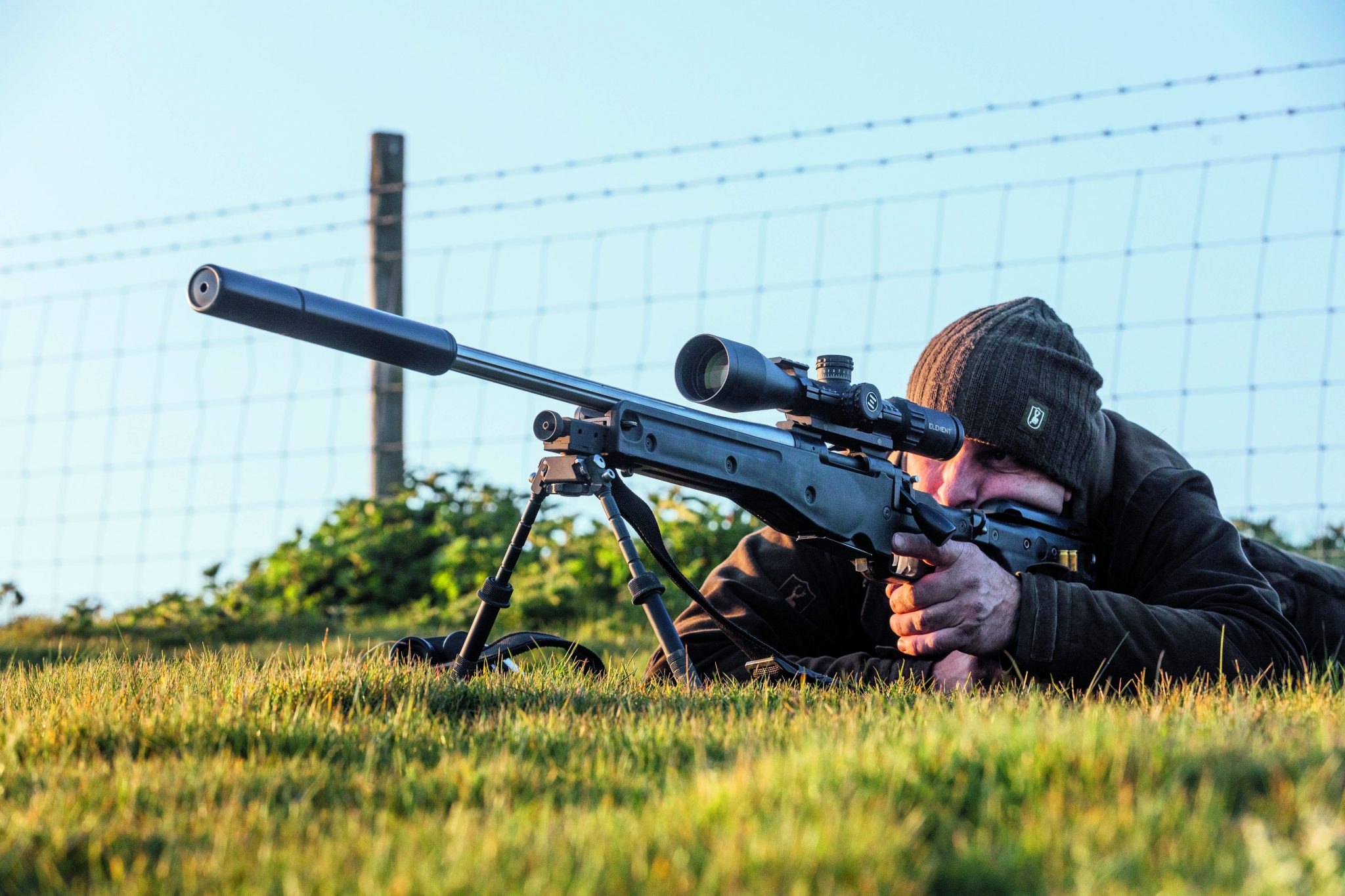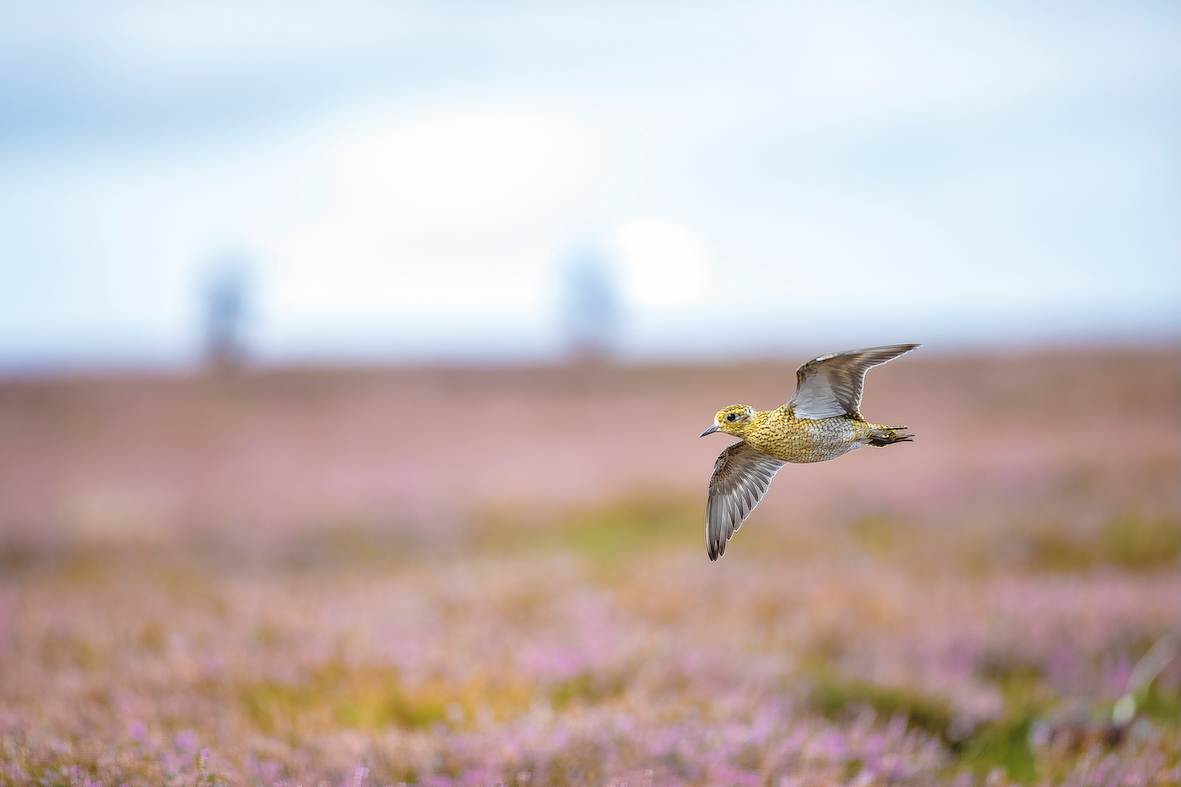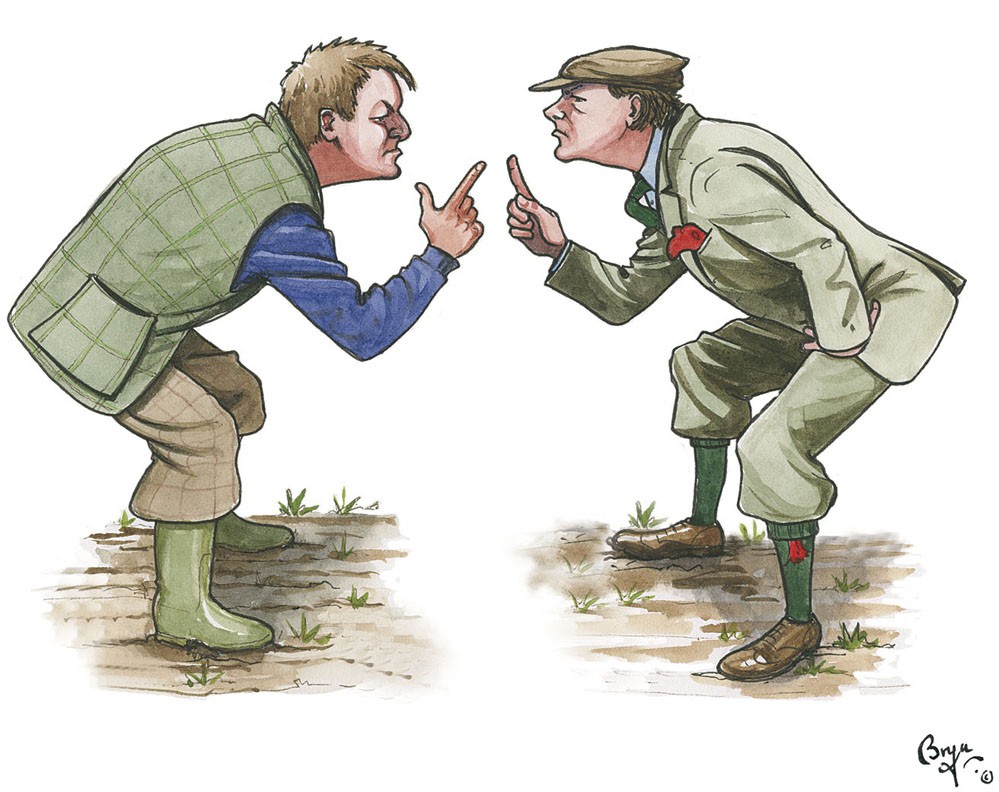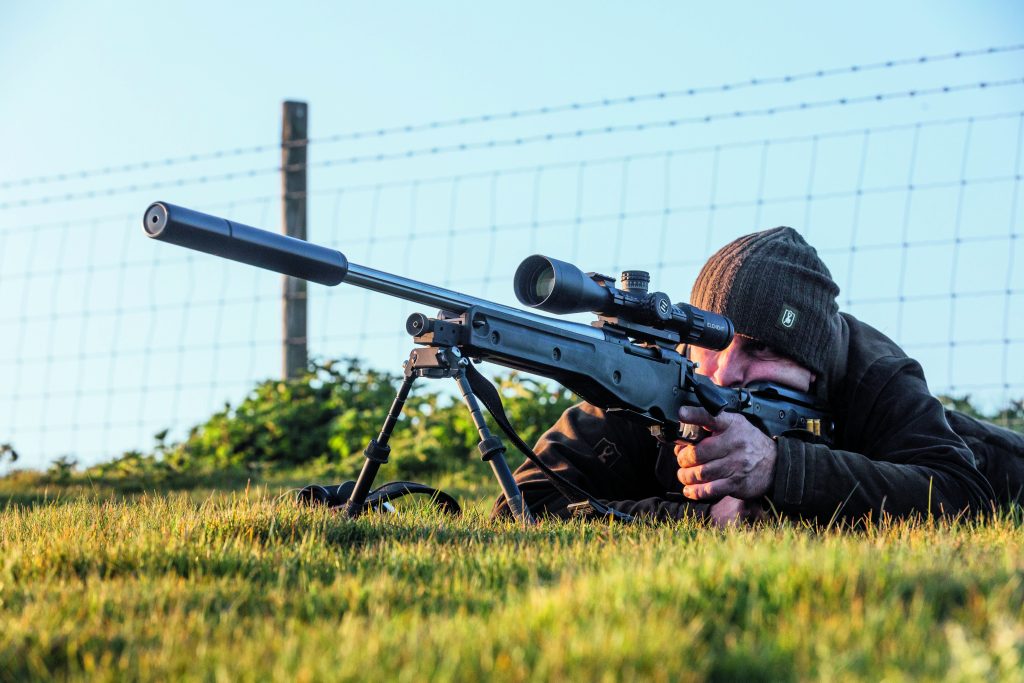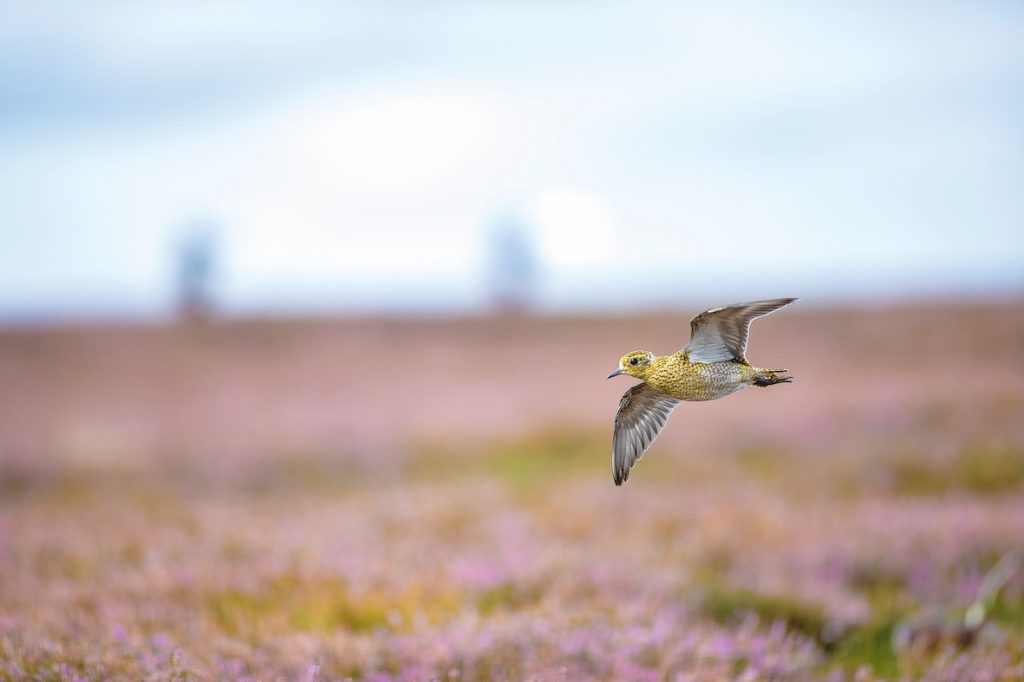Woodcock: To shoot or not to shoot?
News
Can woodcock tell the time?
Fascinated by the woodcock’s punctuality, Leri takes the time to observe and record the accuracy of these birds’ inner clocks
Would you like to speak to our readers? We offer sponsored articles and advertising to put you in front of our audience. Find out more.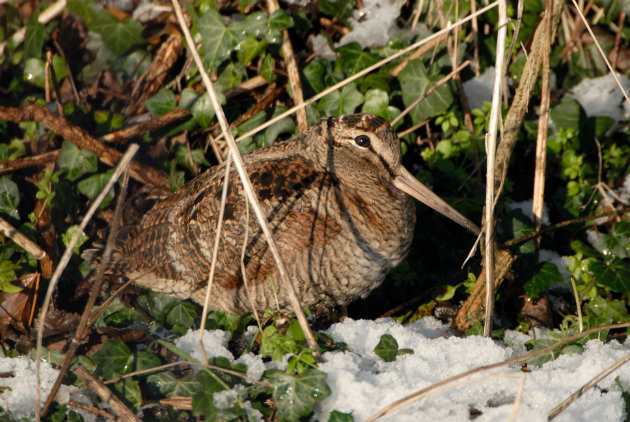
Flighting woodcock has been written about by many, but I don’t recall ever having seen reference to the accuracy of their internal clocks. Unlike wildfowl, woodcock seem to have internal clocks with Rolex mechanisms. Another observation I have made is that they are apparently not fooled by a false dusk, that is when thick cloud drops light levels to near darkness. They rarely flight, but wait until the time is right.
In order to prove my theory, some three years ago I decided to attempt to quantify the ‘woodcock clock’ by recording the flight times and number of birds seen. While not exactly a scientific survey, the data I collected, though not extensive, bore out my expectations. To record the flight times, I always went to the same spot at the edge of a forestry plantation, and made my observations looking towards the set or setting sun. Initially, I recorded only the time after sunset, when I saw the first and last woodcock flight out, but latterly I have also made notes of the cloud cover, visibility and brightness of the moon and other such factors.
The earliest flight after sunset
I was always in position 20 minutes after sunset (I have never seen woodcock flight earlier than this unless disturbed by something) and left when it was too dark to see anything. It could be said that woodcock flight after I have given up and it was dark but, having developed an innate ability to see wildfowl as vague silhouettes in poor light, I am convinced that few if any woodcock actually flight out from their place of roost during darkness.
In all weather and light conditions, the earliest flight, or the first bird I observed on any given day, was 29 minutes after sunset, and the latest first bird observed on any given day was 42 minutes after sunset, so all first birds flighted in a 13-minute time frame. The earliest I recorded the last bird flighting was 38 minutes after sunset and the latest last bird was 52 minutes after sunset, so all last-seen birds flighted in a 14-minute time frame. To me, this is extraordinary timekeeping, and it was confirmed by the fact that the maximum time interval between the first and last woodcock to flight was 17 minutes, but generally the flight was completed in less than 15 minutes. So who needs a Rolex when you could have a ‘woodcock clock’.
Related articles
News
A sound decision as moderators to be taken off licences
The Government has finally confirmed what the shooting community has long argued – that sound moderators should be removed from firearms licensing controls
By Time Well Spent
Gamekeeping news
News
Devastating effects of keepers downing tools
A 20-year experiment highlights the dramatic decline in our red-listed birds after predator control ends, proving the vital role of gamekeepers
By Time Well Spent
Manage Consent
To provide the best experiences, we use technologies like cookies to store and/or access device information. Consenting to these technologies will allow us to process data such as browsing behavior or unique IDs on this site. Not consenting or withdrawing consent, may adversely affect certain features and functions.
Functional Always active
The technical storage or access is strictly necessary for the legitimate purpose of enabling the use of a specific service explicitly requested by the subscriber or user, or for the sole purpose of carrying out the transmission of a communication over an electronic communications network.
Preferences
The technical storage or access is necessary for the legitimate purpose of storing preferences that are not requested by the subscriber or user.
Statistics
The technical storage or access that is used exclusively for statistical purposes.
The technical storage or access that is used exclusively for anonymous statistical purposes. Without a subpoena, voluntary compliance on the part of your Internet Service Provider, or additional records from a third party, information stored or retrieved for this purpose alone cannot usually be used to identify you.
Marketing
The technical storage or access is required to create user profiles to send advertising, or to track the user on a website or across several websites for similar marketing purposes.

